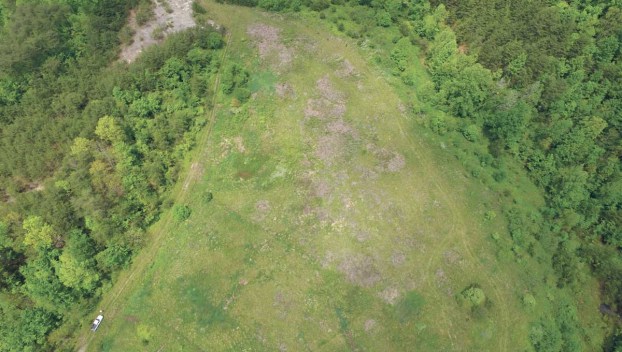
Cnhi Network
‘Orphan’ landfill leaves officials stumped, strapped for solutions 35 years later
OLIVE HILL, Ky. — Four northeastern Kentucky counties have continued to pump money, not garbage, into a county ... Read more

OLIVE HILL, Ky. — Four northeastern Kentucky counties have continued to pump money, not garbage, into a county ... Read more